Takht-i-Bhai, located in the Mardan district of Khyber Pakhtunkhwa, Pakistan, is one of the most well-preserved ancient Buddhist monasteries in the world. This UNESCO World Heritage site is a must-visit for anyone interested in history, archaeology, or Buddhism.
History
The monastery dates back to the Gandhara civilization, which existed in the region from the 6th century BC to the 11th century AD. The site is believed to have been established during the Kushan period in the 1st century AD and was continuously inhabited until the 7th century AD.
Architecture & Layout
The monastery is built on a hill and consists of several courtyards and buildings arranged in a specific order. The lower courtyard is known as the Bazaar Court and contains the remains of shops and storehouses. The middle courtyard is known as the Assembly Court and contains the remains of a large assembly hall and several smaller rooms. The upper courtyard is known as the Stupa Court and contains the remains of a stupa and several chapels.
The architecture of Takht-i-Bhai is a mix of Greek, Roman, and Buddhist styles. The buildings are made of local stone and are decorated with intricate carvings and sculptures. The monastery is also known for its elaborate water management system, which included wells, cisterns, and underground channels.
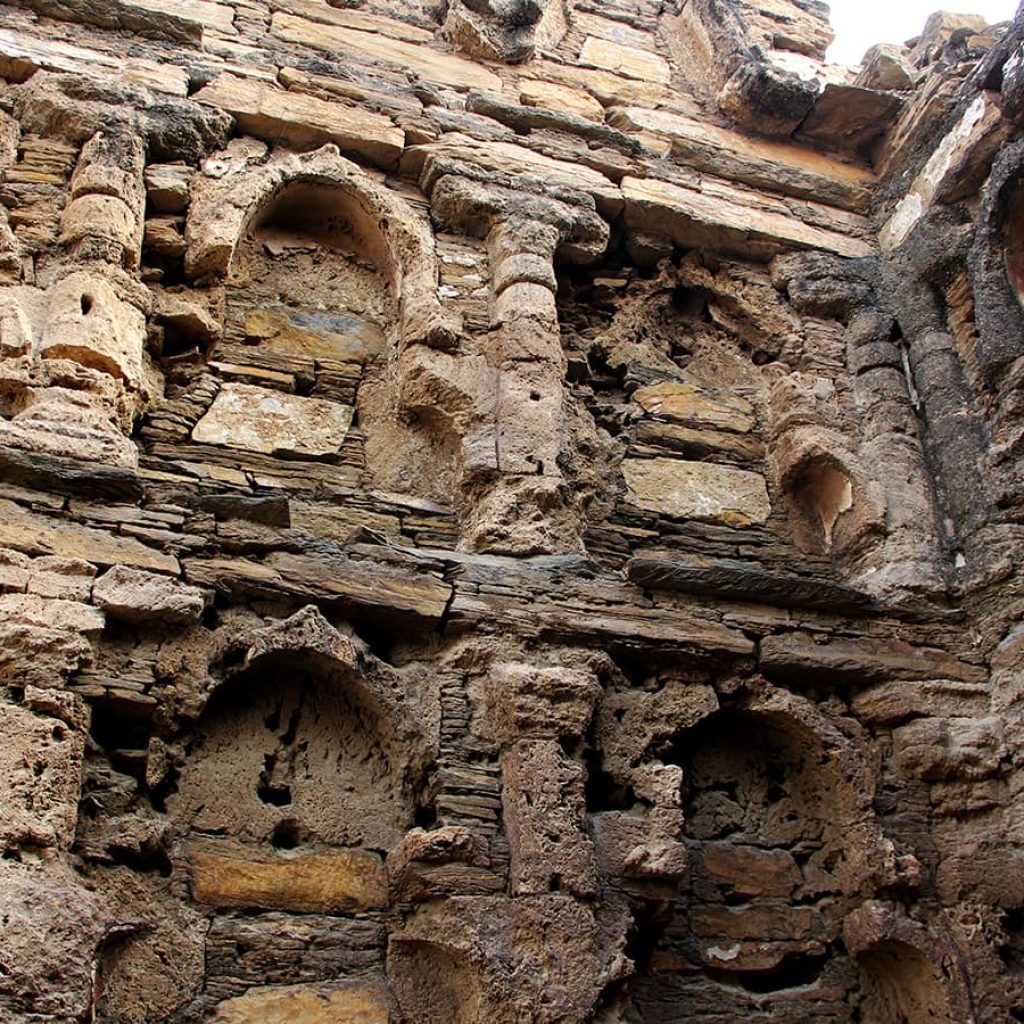
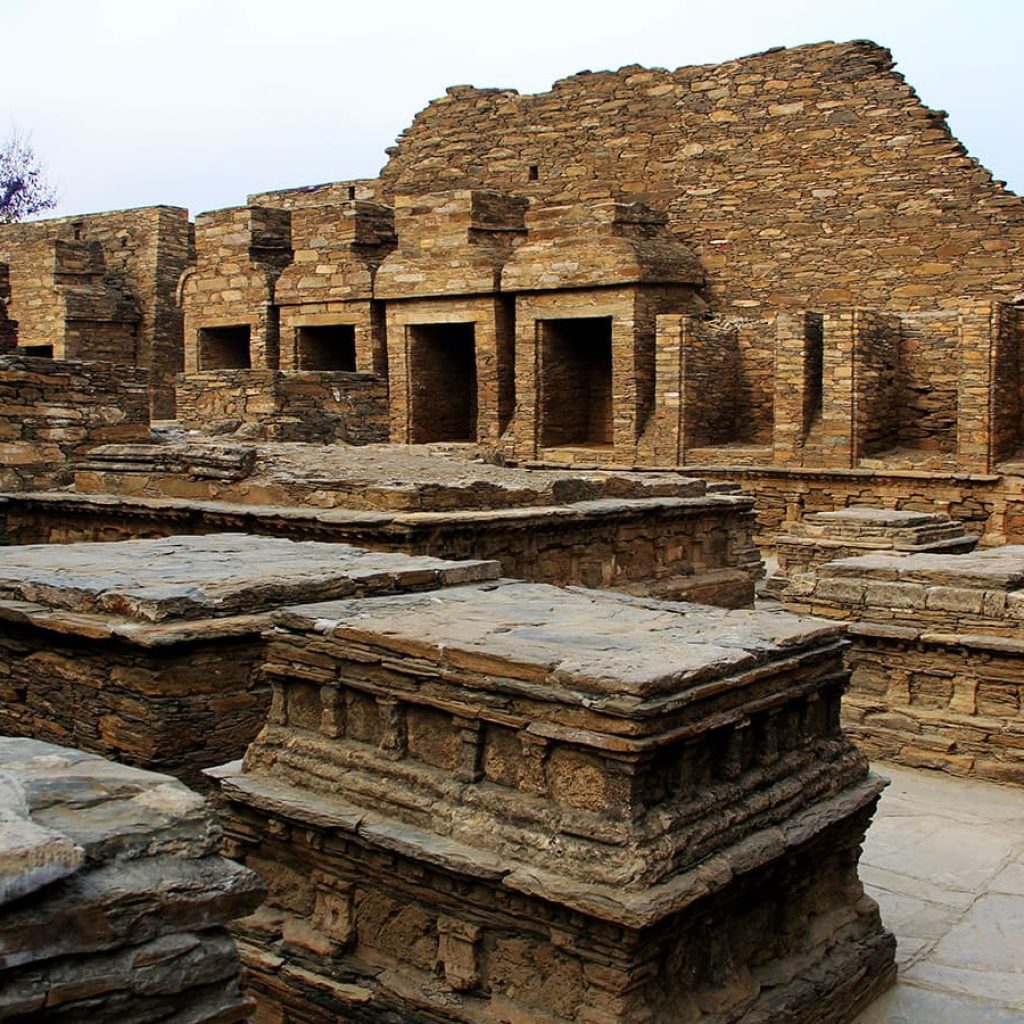
Exploring Takht-i-Bhai
Visitors to Takht-i-Bhai can explore the various courtyards and buildings of the monastery, including the Assembly Hall, the Stupa, and the chapels. There are also several small museums on site that display artifacts found at the site, including pottery, coins, and sculptures.
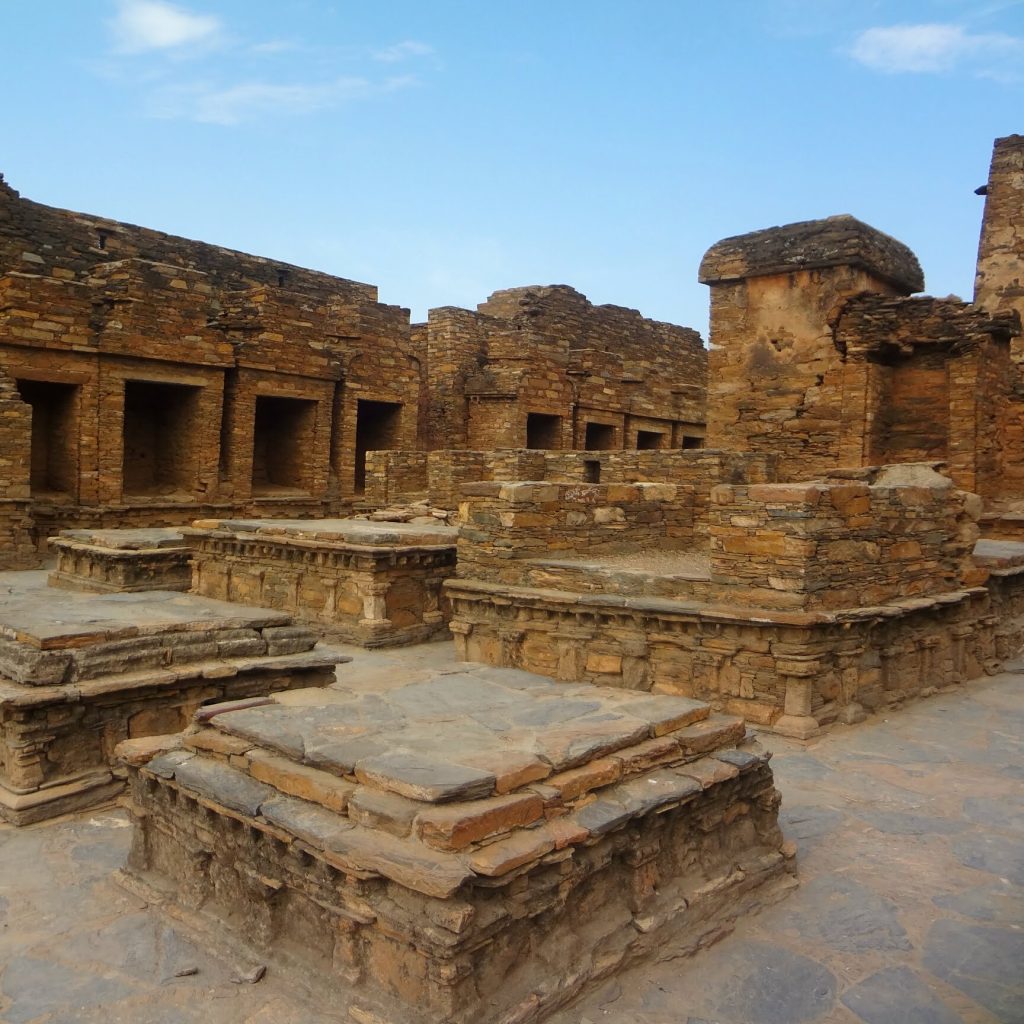
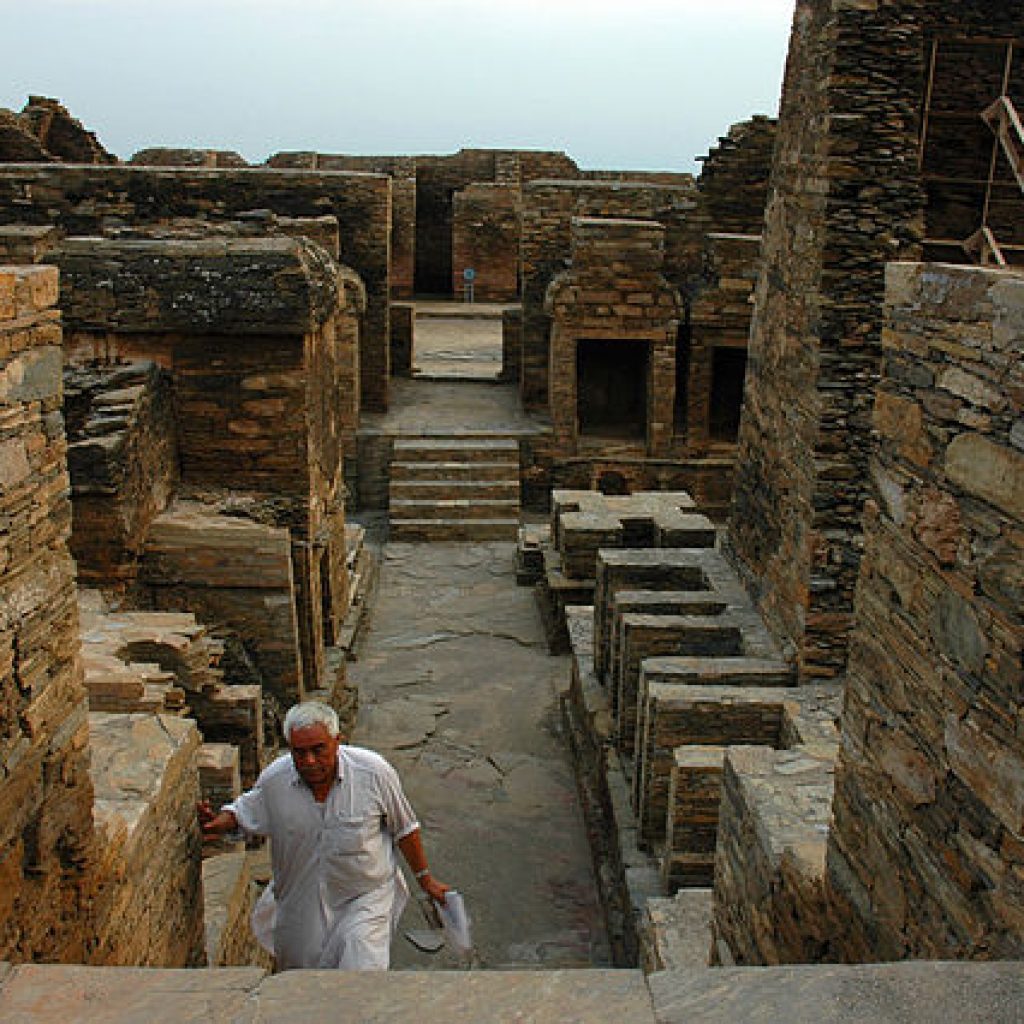
Tips for Visiting Takht-i-Bhai
- Wear comfortable shoes as the site requires a bit of walking and climbing
- Visit early in the morning or late in the afternoon to avoid the heat
- Respect the site by not touching or removing any artifacts
- Hire a guide to fully appreciate the history and significance of the site
Conclusion
It is a fascinating and well-preserved ancient Buddhist monastery that offers a glimpse into the rich history and culture of the Gandhara civilization. Its impressive architecture and elaborate water management system make it a unique and must-visit site for anyone interested in history or archaeology.
FAQs
How to reach there?
It is located about 16 kilometers northwest of Mardan city. It can be reached by car or public transport.
What is the entry fee for Takht-i-Bhai?
The entry fee is Rs. 20 for locals and Rs. 500 for foreigners.
What are the opening hours of Takht-i-Bhai?
It is open from 8:30 am to 5:30 pm every day, including weekends and public holidays.
Is photography allowed at Takht-i-Bhai?
Yes, photography is allowed at Takht-i-Bhai, but only for personal use. Commercial photography requires prior permission and additional fees.
Are there any hotels near Takht-i-Bhai?
Yes, there are several hotels and guest houses in Mardan city, which is the nearest city to Takht-i-Bhai.
What is the best time to visit Takht-i-Bhai?
The best time to visit Takht-i-Bhai is from October to March when the weather is pleasant and cool. However, the site can be visited throughout the year.
Pakistan Best Selling Tour Packages 2023
Taxila Heritage Sites Tour — Taxila Museum
Suggested Reads
Why should you visit Chitral Valley?
Why should you visit Hunza Valley?
Why should you Visit Fairy Meadows?
Top 9 Places to Visit in Skardu 2023-24
Top 5 Places to Visit in Chitral 2023-24
Top 10 Places to Visit in Taxila 2023-24
Top 7 Places to Visit in Peshawar 2023-24
TOUR DE UNESCO Heritage Sites Pakistan
Altit Fort Hunza – A Must Visit Destination
Top 9 Places to Visit in Swat Valley 2023-24
Top 10 Places to visit in Islamabad 2023-24
Top 10 Places to Visit in Azad Kashmir 2023

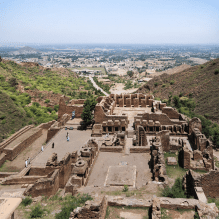
0 Comment